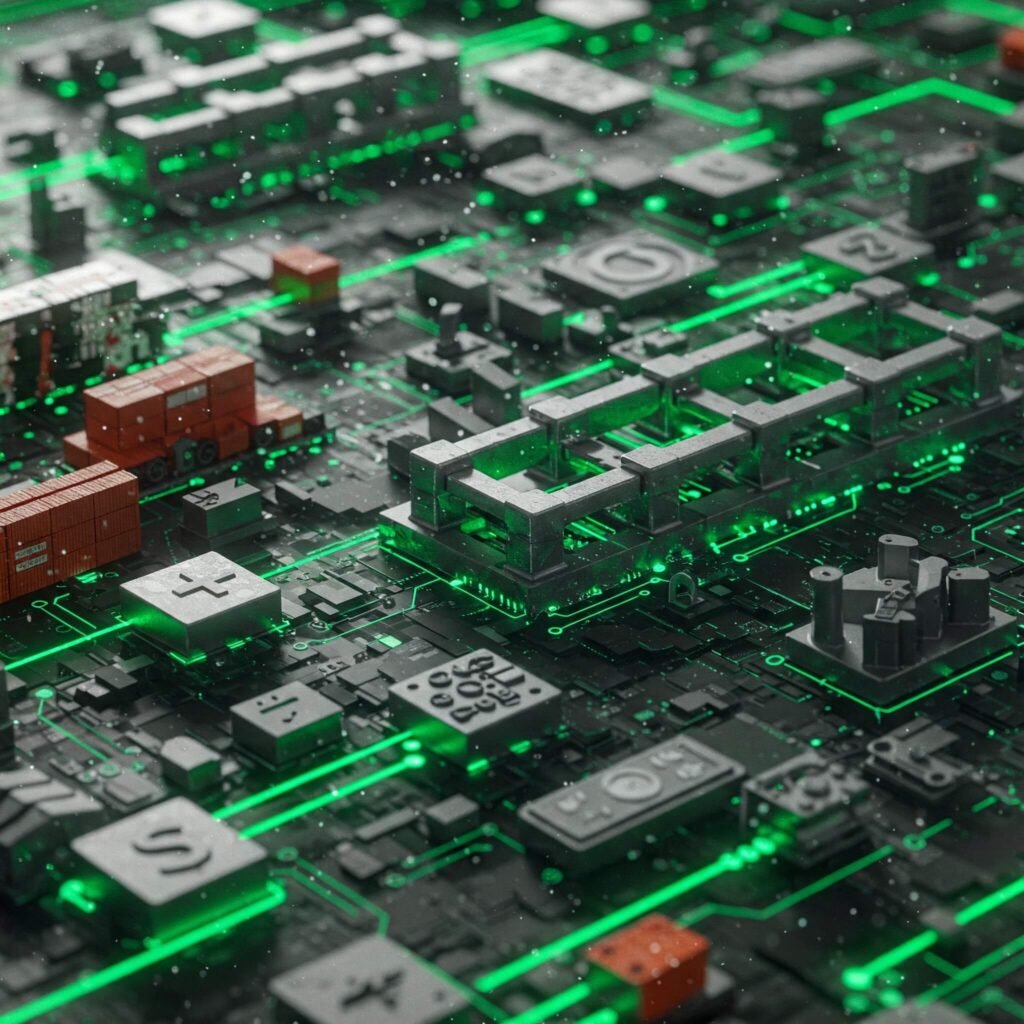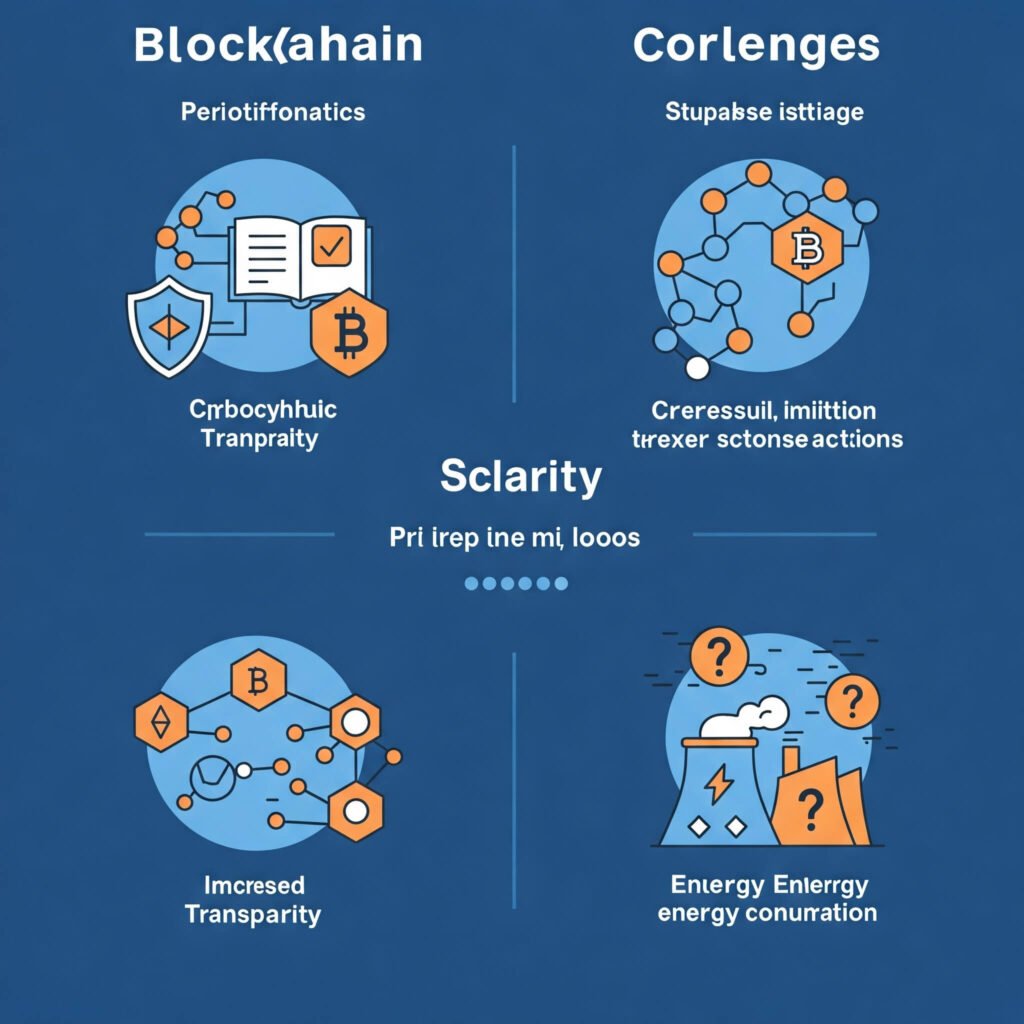What Is Blockchain Technology? Your Easy Guide
What is blockchain technology? In simple terms, it’s a secure, decentralized way to record and share data, like a digital ledger that no single person controls. Famous for powering Bitcoin, blockchain technology is now transforming industries like healthcare, finance, and supply chains in 2025. This beginner-friendly guide explains how blockchain works, its real-world applications, and actionable steps to explore it—all with a friendly, conversational tone for tech newbies and enthusiasts alike.
What Is Blockchain Technology, Exactly?
What is blockchain technology at its core? Imagine a shared notebook where every page is locked and only updated when everyone agrees. Blockchain is a distributed ledger that records transactions across many computers, ensuring transparency and security without a central authority.
How It Works:
- Blocks: Data (e.g., transactions) is stored in “blocks” with a timestamp and cryptographic hash.
- Chain: Blocks link in a chronological chain, making tampering nearly impossible.
- Decentralization: Copies of the ledger exist on multiple computers (nodes), ensuring no single point of failure.
For example, Bitcoin uses blockchain to track cryptocurrency transactions, but the technology’s uses go far beyond digital money.

Why Is Blockchain Technology Secure?
What is blockchain technology’s secret to security? Its design makes it tamper-proof and trustworthy, perfect for sensitive data.
Security Features:
- Cryptography: Each block is encrypted, ensuring only authorized users access data.
- Immutability: Once a block is added, it’s nearly impossible to alter without changing all subsequent blocks.
- Consensus Mechanisms: Nodes must agree (via algorithms like Proof of Work or Proof of Stake) before adding data.
For instance, Walmart uses IBM’s Food Trust blockchain to track produce, ensuring food safety by securely recording every step from farm to store.
Outbound Link: IBM Food Trust for details on blockchain security in supply chains.
What Is Blockchain Technology Used For?
What is blockchain technology doing in the real world? In 2025, it’s powering innovative applications across industries, far beyond cryptocurrencies.
Key Applications:
- Supply Chain: Companies like Maersk use blockchain (TradeLens) to track shipping, reducing delays and fraud.
- Healthcare: Estonia’s e-Health system secures patient records on blockchain, enabling safe data sharing.
- Finance: JPMorgan’s Onyx platform processes $1 trillion daily using blockchain for fast, transparent transactions.
- Digital Identity: Microsoft’s ION platform creates decentralized IDs, protecting against identity theft.
Statista predicts the global blockchain market will hit $39 billion by 2025, driven by these diverse uses.

How Smart Contracts Enhance Blockchain Technology
What is blockchain technology without smart contracts? These self-executing agreements, stored on the blockchain, automate processes without intermediaries.
How Smart Contracts Work:
- Code-Based: Rules are written in code (e.g., “pay $100 if delivery arrives”).
- Automatic Execution: The contract runs when conditions are met, like releasing payment.
- Trustless: No need for middlemen, reducing costs and delays.
For example, Ethereum’s blockchain powers smart contracts for insurance payouts, instantly compensating farmers for crop losses based on weather data.
Outbound Link: Ethereum Smart Contracts for insights into automation.
Challenges of Blockchain Technology
What is blockchain technology’s downside? Despite its potential, it faces hurdles in 2025 that limit widespread adoption.
Key Challenges:
- Scalability: High transaction volumes can slow networks, as seen in Ethereum’s past bottlenecks.
- Energy Use: Some blockchains (e.g., Bitcoin’s) consume significant energy, though Ethereum 2.0 is more eco-friendly.
- Regulation: Governments are still crafting blockchain laws, creating uncertainty for businesses.
Solutions like layer-2 scaling (e.g., Polygon) and greener consensus mechanisms are addressing these issues.

How to Start Exploring Blockchain Technology
What is blockchain technology if you can’t engage with it? In 2025, anyone can dive into blockchain, from students to professionals. Here’s how:
Actionable Steps:
- Learn the Basics: Take free courses on Coursera or IBM Blockchain.
- Experiment: Try platforms like Ethereum’s Remix to create simple smart contracts.
- Join Communities: Engage on Reddit’s r/Blockchain or X for insights.
- Follow Trends: Read CoinDesk or Blockchain News for 2025 updates.
Businesses can explore blockchain for supply chains or data security, as Walmart and JPMorgan have done.
Outbound Link: CoinDesk for the latest blockchain news.
Conclusion: What Is Blockchain Technology’s Future?
What is blockchain technology’s role in 2025 and beyond? It’s a game-changer, offering secure, transparent solutions for industries from healthcare to finance. While challenges like scalability persist, blockchain’s real-world impact is undeniable. Start exploring today to be part of this transformative tech revolution.
































